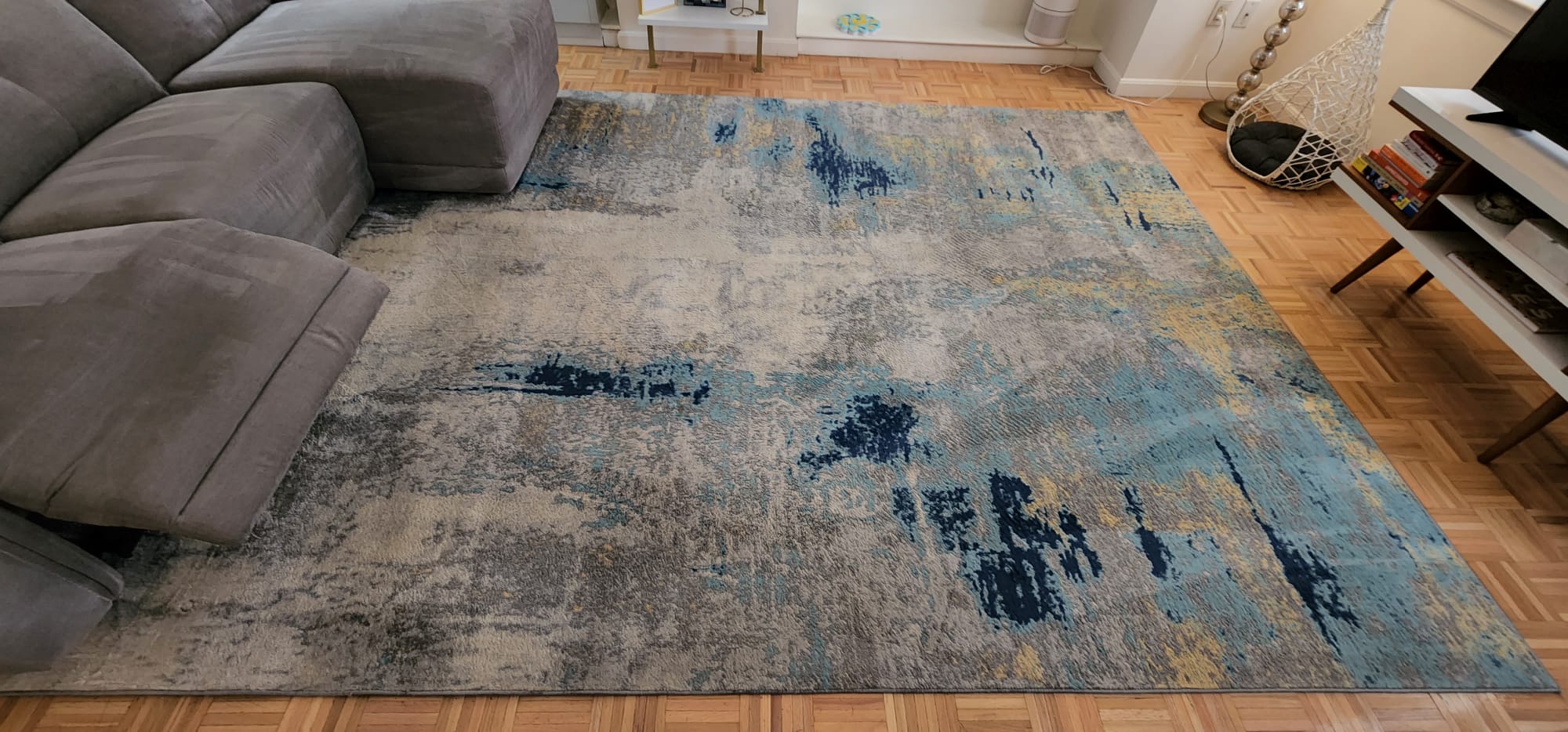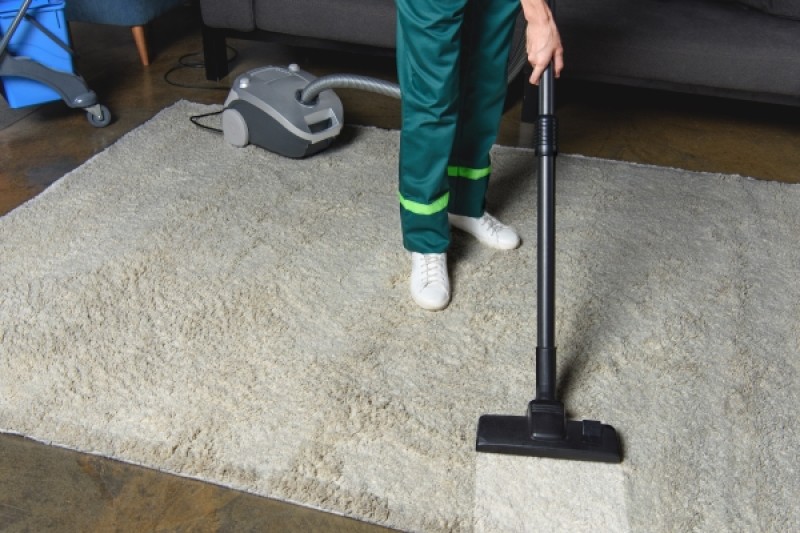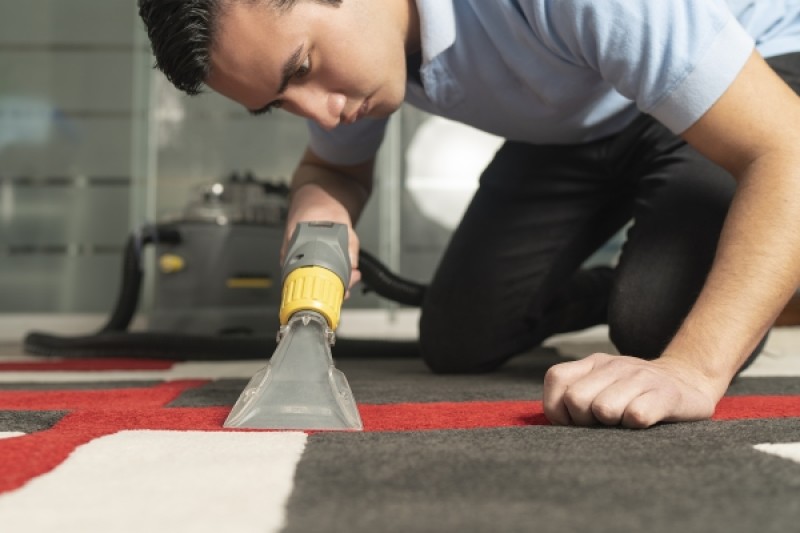We live on a planet with an amazing biodiversity, and while some organisms are beneficial to us, others come in the form of annoying pests. The carpet beetle is one of those insects that we would rather not have around us, although things are far worse than they can find shelter in our homes. Efficient carpet beetle treatment is essential for safeguarding homes from these destructive pests.
Typically, this process involves a thorough inspection to identify infested areas, followed by targeted insecticide applications or natural remedies. In this article, we will be talking about how to recognize a carpet beetle infestation and how to get rid of these bugs, with eco-friendly carpet cleaning methods such as NYC steam cleaning.
What Are Carpet Beetles?
Carpet beetles belong to the category of skin beetles and primarily consume materials containing keratin, a fibrous animal protein. [I would keep this internal link and put it somewhere else]Similar to clothes moths, they feed on items made of wool, fur, silk, feathers, skins, and leather.
Having carpets made from synthetic fibers such as polyester and rayon does not guarantee immunity from carpet beetles. These pests can thrive on carpets heavily soiled with food and body oils, regardless of the synthetic material composition.
A Close Look at the Culprits in Your Home
Adult carpet beetles measure between 2 mm to 5 mm in length and feature short clubbed antennae and chewing mouthparts. They are identifiable by the distinctive colored scales covering their thorax and body in diverse patterns with orange and red scales visible on their midline. The larvae are elongated, and equipped with hairs on their bodies that vary in color from dark to light brown.
Black carpet beetle larvae possess a bristle-like tail. Carpet beetles undergo four distinct stages of metamorphosis: egg, larva, pupa, and adult. Females lay eggs near food sources like carpets, furs, leather, or animal carcasses, and these eggs typically hatch within two weeks. The duration of the larval stage varies on the carpet beetle species and the ambient temperature.
Signs That Your Home Has Carpet Beetles
Upon observing a carpet beetle and verifying the identification elements mentioned above, you will likely notice around your home apparent signs of their presence around your home
- Irregular holes in carpets and fabrics occur as carpet beetles consume chunks of wool, leather, silk, and feathers. While moths tend to create tiny holes throughout garments, carpet beetles prefer to consume a single, larger area of fabric.
- Skin irritation and allergic reactions can occur in sensitive individuals due to dead skin of carpet beetle larvae;
- Spotting adult carpet beetles around your windows indicates a potential infestation
- Signs of fecal pellets shed larva skin near sources of food, can be found ranging from wool garments to the accumulation of pet hair in vents. Look in dark and hidden areas, such as basements, closets, areas between walls and insulation, and storage boxes. Additionally, inspect the areas beneath your carpets and rugs, under couches, and other furniture pieces.
How to Get Rid of Carpet Beetles
Have you identified carpet beetle larvae in your home? Keep in mind that they are very harmful to your fabrics and will eat into them in order to grow. Here’s what you should do immediately if you have just found out your home is a restaurant for carpet beetles:
Vacuum Thoroughly
Vacuum thoroughly to effectively reduce the population of carpet beetles in your homes. Regular and meticulous carpet cleaning is crucial for eliminating eggs, larvae, and adult beetles, preventing their further spread. Incorporating this practice into your residential carpet cleaning routine complements other pest control measures, contributing significantly to a carpet beetle-free environment. Reducing the population of carpet beetles definitely helps to eliminate the pest, and thorough vacuuming plays a key role in achieving this goal.
Discarding Heavily Infested Items
When dealing with a heavy carpet beetle infestation, discarding heavily infested items is crucial. Items such as garments with holes caused by carpet beetle damage may no longer be suitable for use anyway. Properly dispose of these compromised items to prevent further spread of infestation, minimizing the risk of infestation in your living space. This step is essential to ensure effective and thorough carpet beetle control.
Freezing Items that are Difficult to Wash
Pests can often hide in places where insecticide sprays cannot penetrate, and solutions that kill insects can be harmful to health and stain items. A reliable thermal disinfestation method involves holding infested items at a minimum temperature of 0 degrees F for at least one week. Freezers capable of reaching minus 20 degrees F will eliminate all carpet beetle life stages within 72 hours. Place items in plastic bags and seal them with tape to prevent ice from forming on objects.
Wash with Hot Water for Optimal Results
Hot water and soap are highly effective in eliminating carpet beetles and all their life stages. Eggs are particularly resilient, so it is crucial to monitor treated items for months after applying thermal treatment. If the contaminated item is a carpet that cannot be removed for carpet washing, consider home carpet cleaning services as a viable alternative.
Considerations and Warnings
- Keep your off-season attire in plastic bags or containers. It allows you to open dresser or closet doors each day for sunlight exposure for a couple of hours.
- It’s not considered an emergency if you only discover a handful of adult beetles, but you do need to be concerned if you find larvae on household fabrics.
- Never use insecticides near sparks, open flames, or electrical circuits.
- Don’t sprinkle insecticides on tile floors or asphalt. For parquet floors, only apply light spraying.
- If you have a linoleum floor, spay just a tiny, unnoticeable spot, allowing it to dry to determine if it causes staining.
- For valuable Oriental rug cleaning, it’s best to let a professional, qualified pest control expert handle the job.
Reasons To Hire Professional Carpet Cleaners
Identifying a pest in your home is never a pleasant moment. After the initial shock, you will most likely start thinking about solutions. Opting for a carpet cleaner that can solve carpet beetle issues in New York is the best solution in the following situations:
- The infestation is too severe to handle it yourself;
- You want to be 100 percent sure that carpet beetles are gone for good;
- You do not have the time and equipment needed to treat your infested items;
- You have mobility issues or are unable to engage in strenuous physical activity;
- You just want to get rid of the carpet beetles as soon as possible and enjoy peace of mind.
In conclusion, achieving effective carpet beetle treatment is crucial for maintaining a pest-free home. Whether facing a severe infestation or lacking the time and equipment for DIY solutions, seeking professional help ensures a thorough and lasting solution. PristineGreen Upholstery and Carpet Cleaning, a reliable and professional steam cleaning company in NYC that also provides other related services. We’ve seen it all when it comes to pests and contamination in New York, so rest assured that we will also be able to get rid of carpet beetles in your home, one by one!
Frequently Asked Questions
Carpet beetles undergo four distinct stages of metamorphosis: egg, larva, pupa, and adult.
Vacuum thoroughly to effectively reduce the population of carpet beetles in your homes.
When dealing with a heavy carpet beetle infestation, discarding heavily infested items is crucial.
Hot water and soap are highly effective in eliminating carpet beetles and all their life stages.
Regular and meticulous carpet cleaning is crucial for eliminating eggs, larvae, and adult beetles, preventing their further spread.
Freezers capable of reaching minus 20 degrees F will eliminate all carpet beetle life stages within 72 hours.
Adult carpet beetles measure between 2 mm to 5 mm in length and feature short clubbed antennae and chewing mouthparts. They are identifiable by the distinctive colored scales covering their thorax and body in diverse patterns with orange and red scales visible on their midline.
Carpet beetles belong to the category of skin beetles and primarily consume materials containing keratin, a fibrous animal protein.




